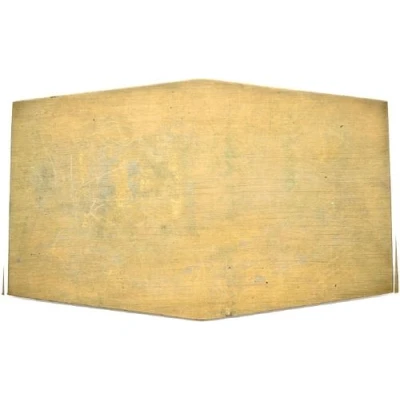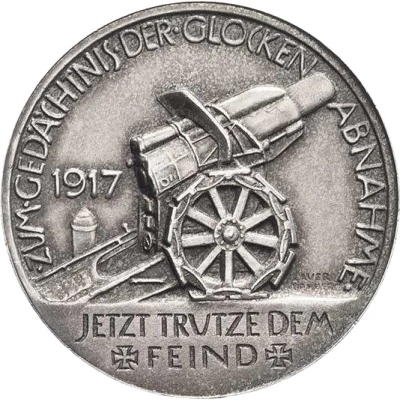


Gas attack
1917 year| Bronze | 62.68 g | - |
| Location | Germany (1871-1948) |
|---|---|
| Emperor | William II (1888-1918) |
| Type | Advertising medallions › Satirical medals |
| Year | 1917 |
| Composition | Bronze |
| Weight | 62.68 g |
| Size | 79.5 × 50.5 mm |
| Shape | Rectangular (irregular) |
| Technique | Cast |
| Demonetized | Yes |
| Updated | 2024-11-14 |
| Numista | N#400011 |
|---|---|
| Rarity index | 100% |
Reverse
Blank.
Comment
The widespread use of warfare agents such as mustard or chlorine gas, which was first tested by the Germans in 1915, reached its peak in 1917. In retrospect, it was primarily the gas war that brought together the horrors of the First World War and its industrialized material battles under one concept. But this new type of warfare also made a huge impression on contemporaries, which can be proven not least by this one-sided medal by the medalist Walther Eberbach, who worked in Heilbronn, which was most likely made in the Gladenbeck foundry in Berlin. It is part of a series of numerous cast medals with which Eberbach wanted to take up the atrocities in the World War and satirically denounce them, based on the traditional Danse Macabre motif.

